Fittonia Nerve Mosaic Plant Care Guide
Welcome to your simple guide for thriving Fittonia care! Whether you’ve just brought home a splash of colour from Highland Moss or you’re eyeing one of our vibrant Fittonias, here’s everything you need to keep your little leafy friend happy.
☀️ Light
☀️☀️▫️ (Medium)
Fittonia thrives in bright, indirect light. Position it where the sunlight is filtered through a curtain or a bit away from a south-facing window. Direct sunlight can scorch its beautiful leaves, so keep it sheltered from harsh rays.
💧 Water
💧💧▫️ (Medium)
Keep the soil consistently moist but not soggy. Water your Fittonia when the top inch of soil feels dry to the touch. Overwatering can lead to root issues, so better a bit dry than too wet!
🌡️️ Temperature
🌡️️🌡️️▫️ (Average)
Fittonia enjoys typical indoor temperatures, ideally between 18°C to 24°C. Avoid placing it near drafty windows or heat sources which can cause stress to the plant.
💦 Humidity
💦💦💦 (High)
This plant loves humidity! Spritz it regularly or place it in naturally humid areas like kitchens or bathrooms. A humidity tray or grouping with other plants can also help maintain a mini moisture haven.
🪴 Repotting
Fittonia should be repotted every 1 to 2 years or when it outgrows its pot. Use a well-draining soil mix, like our Highland Moss terrarium or maranta & calathea premium potting mix, to support its growth and maintain proper moisture levels.
🐾 Pet Friendliness
This plant is completely pet-friendly! No need to worry if your cat or dog gets a little curious.
🐾 Recommended Locations at Home
Fittonia is perfect for adding a touch of nature to your office desk, shelves, or in a bright bathroom. Its compact size makes it ideal for terrariums and small spaces.
🌬️🪴 Air Purifying
While primarily known for its stunning foliage, Fittonia also contributes to a healthier home environment by purifying the air.
✨ Other Plant Features
Fittonia’s vibrant coloured veins and variety of hues make it a popular choice for foliage collectors and as a delightful gift. Remember, each plant is unique, so the one you receive might slightly differ in colour and shape from our photos.
If you have any more questions, feel free to ask Mossbot! You can also contact us via our website for specific enquiries. Don’t forget, we offer a free plant hospital service if your Fittonia needs extra care.
Happy Plant Parenting from Highland Moss! 🪴
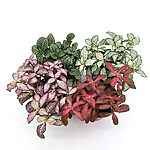 Fittonia Nerve Mosaic Plant
Fittonia Nerve Mosaic Plant


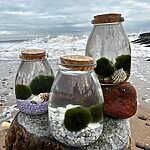
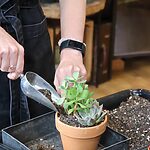
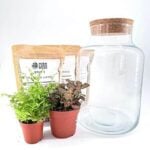
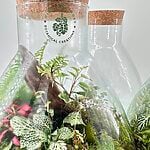
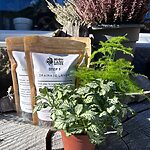
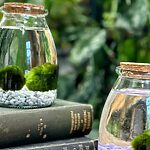
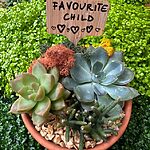
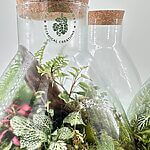


























Very bright and healthy plants
A beautiful specimen, very pretty
Beautiful looking plant and really healthy
Arrived in good condition very extremely well packed